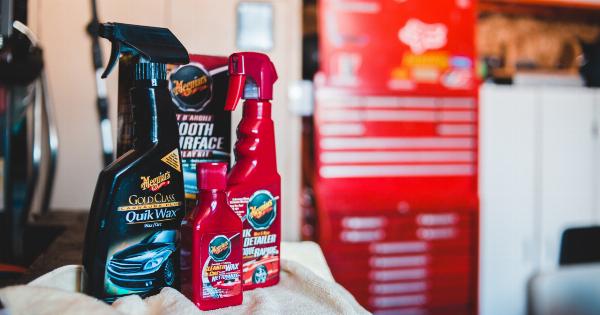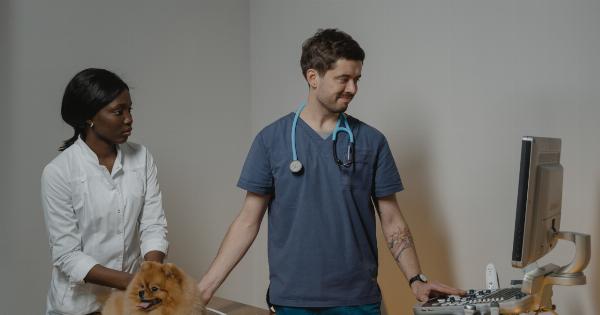Cats are known for their fastidious grooming habits; however, it is not uncommon to see them vomit. While occasional vomiting is normal, it can also be an indication of underlying health issues.
As a cat parent, it is essential to understand your cat’s vomiting patterns and be aware of when to seek veterinary attention. In this article, we will discuss the various reasons why a cat may vomit and how to recognize when it is time to take your furry friend to the vet.
What is Vomiting?
Vomiting is a natural reflex in which an animal’s stomach contents are forcefully expelled through the mouth. It is often accompanied by gagging, retching, and abdominal contractions.
Vomiting is different from regurgitation, which is when undigested food is brought up without any accompanying contractions or nausea.
What Causes a Cat to Vomit?
There are many reasons why a cat may vomit, including:.
- Hairballs: Hairballs are common in cats, especially those with long hair. When a cat grooms, it ingests hair, which can accumulate in the stomach and cause irritation. This irritation leads to vomiting.
- Diet: Changing a cat’s diet too quickly or feeding them spoiled food can cause vomiting. Cats may also have food intolerances that can lead to vomiting.
- Foreign Objects: Cats are curious creatures that may ingest foreign objects, such as string, toys, or plants. These objects can cause a blockage in the intestines, leading to vomiting.
- Illness: Various illnesses, such as kidney disease, liver disease, and diabetes, can cause vomiting in cats. Some infectious diseases, such as feline leukemia and feline immunodeficiency virus, can also cause vomiting.
- Toxicity: Cats may ingest toxins, such as medications or household chemicals, which can cause vomiting.
It is essential to note that while occasional vomiting may not be a cause for concern, frequent vomiting or vomiting that is accompanied by other symptoms, such as lethargy, diarrhea, or lack of appetite, can indicate a more serious health issue and require veterinary attention.
When to Seek Veterinary Attention for Your Cat’s Vomiting?
If your cat is vomiting frequently or accompanied by other symptoms, such as lethargy, diarrhea, or lack of appetite, you should seek veterinary attention.
The veterinarian will examine your furry friend and may perform various tests to determine the underlying cause of the vomiting. These tests may include blood work, urinalysis, X-rays, or ultrasound.
In some cases, your cat may require hospitalization and supportive care, such as IV fluids and medication, to manage vomiting and its underlying cause.
Early intervention and treatment can improve your cat’s prognosis and prevent further complications.
How to Prevent Your Cat from Vomiting?
While it is not always possible to prevent vomiting in cats, you can take steps to reduce the risk, such as:.
- Feed your cat a balanced and nutritious diet.
- Avoid sudden changes in your cat’s diet.
- Ensure that your cat has access to fresh and clean water at all times.
- Brush your cat regularly to reduce hairballs.
- Keep hazardous items, such as medications and household chemicals, out of your cat’s reach.
Conclusion
Vomiting is a common occurrence in cats, but it is essential to understand when it is a cause for concern.
While occasional vomiting may not be a cause for concern, frequent vomiting or vomiting accompanied by other symptoms may indicate an underlying health issue. As a cat parent, it is your responsibility to recognize these signs and seek veterinary attention promptly. With proper diagnosis and treatment, your furry friend can make a quick and healthy recovery.






























